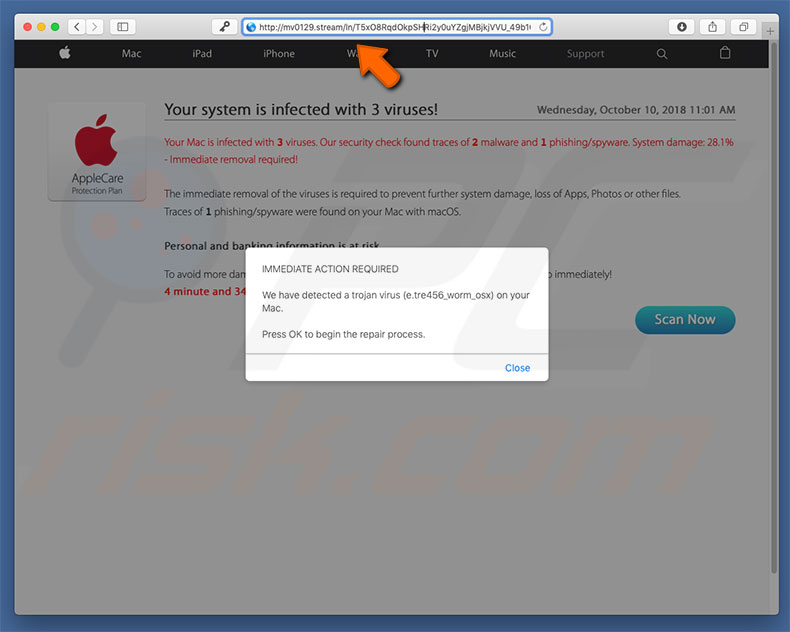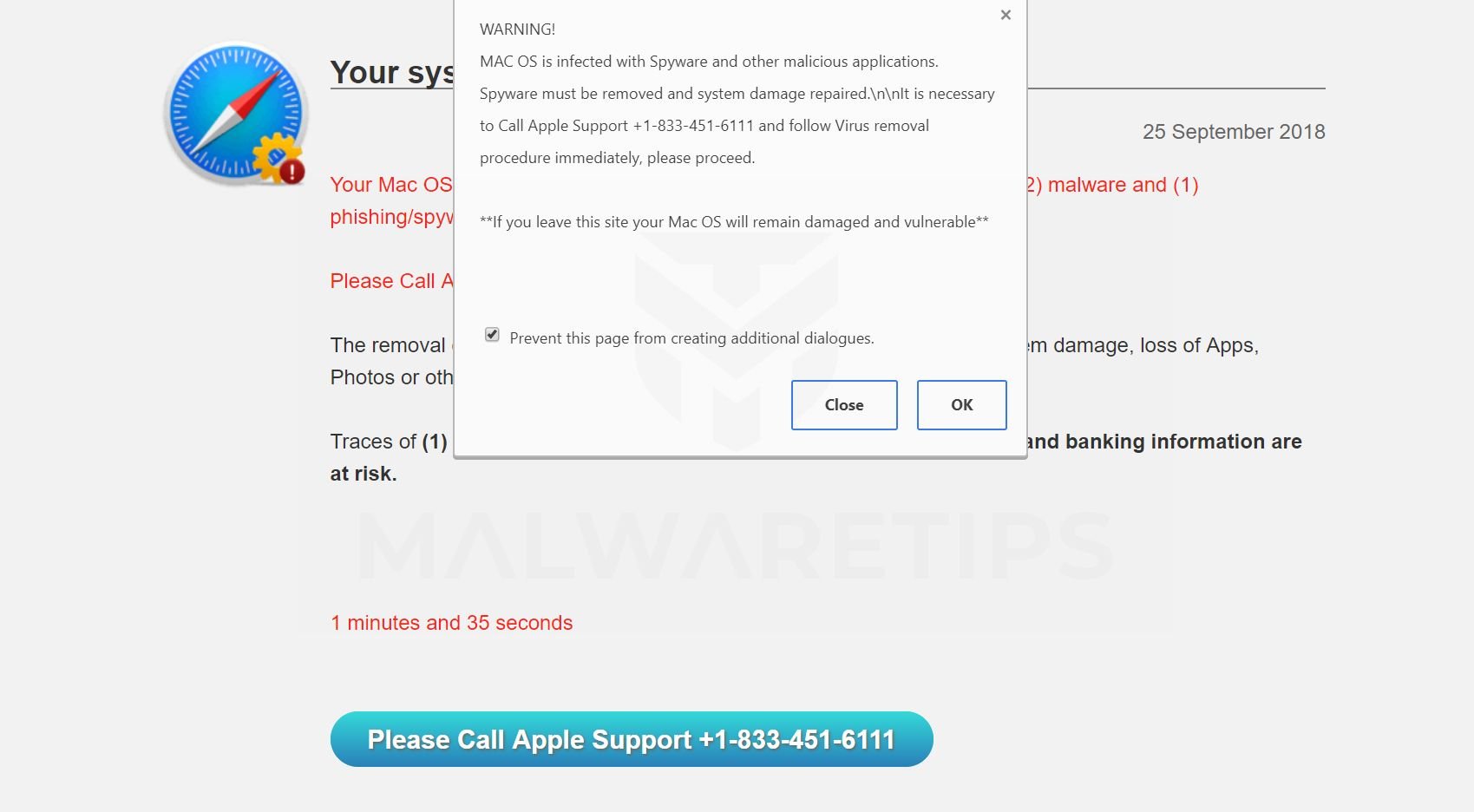
- #MAC CLEANER VIRUS POPUP FOR FREE#
- #MAC CLEANER VIRUS POPUP FOR MAC#
- #MAC CLEANER VIRUS POPUP UPDATE#
- #MAC CLEANER VIRUS POPUP CODE#
- #MAC CLEANER VIRUS POPUP WINDOWS#
You can always use one of the available ad blockers – such as Adblock – to skip annoying pop-up ads, but VPN services can also help protect your privacy. Make sure your system is up-to-date and then restart your Mac, because macOS will remove adware only when you login. If you notice that pop-ups persist on your Mac, it is possible that you have downloaded and installed adware (advertising-supported software) with some third party app. In Safari you'll find it under the Security tab. Make sure you're using the web browser's built-in pop-up blockers.
#MAC CLEANER VIRUS POPUP WINDOWS#
You can start by closing any of the pop-up windows without clicking on any of the buttons on the page itself. But it's not only restricted to Safari, either, since adbots are just as easily able to identify your operating system.įortunately, there are various ways to deal with these pop-up ads, and having an up-to-date operating system is the first step.
#MAC CLEANER VIRUS POPUP FOR MAC#
If you were wondering why these pop-up ads for Mac cleaning software appear while you're browsing the web using an Apple computer and not when using Windows, the answer is very simple: these ads are specifically targeted at Mac users, and the fact that you are using the native macOS browser, Safari, just makes targeting you easier.

#MAC CLEANER VIRUS POPUP FOR FREE#
If your browser starts behaving oddly, crashes regularly, or is often unresponsive, you might have a virus.Ĭomputer security is a matter of importance no matter what operating system you use.Clean 500MB of Junk for Free For Mac Users’ Eyes Only Viruses sometimes do weird things to Safari or Firefox such as change its homepage or redirect a preset landing page to a site you’ve never seen before.

This little rainbow-colored spinning cursor wheel indicates that the computer is having trouble processing at usual speeds, and a common reason behind that would be simultaneous processes, likely of dubious origin, running in the background. Mac users fear one thing more than most: the spinning wheel of death.
#MAC CLEANER VIRUS POPUP UPDATE#
An unusual amount of banner ads and pop-ups may mean that your computer is due for an update and/or a virus scan. Take note if your computer is experiencing more pop-ups than usual. Now that we know what kinds of viruses and malware your macOS could be affected with, here are some ways to tell if your Mac is infected with one: Pop-up ads txt file containing instructions for decryption in return for one bitcoin.

After remotely encrypting the computer and hibernating for three days, KeRanger would issue a. KeRanger was one of the first big ransomware outbreaks for Macs. Ransomware has been held off for a while for Macs, but nowadays, even they can be vulnerable to it. They are triggered when a user opens an infected macros-enabled file, hence the name.
#MAC CLEANER VIRUS POPUP CODE#
Macro viruses attack computers by running an executory code that could perform functions such as taking screengrabs, formatting hard drives, corrupting files, delivering more malware, and even accessing webcams and mics. A notorious Trojan horse for Macs is the MacDownloader, which attempts to steal personal data stored in Apple Keychain. They’re called “Trojan horses” because they parade as legitimate software that actually contain a nasty surprise once installed. Trojan horses can infect both Macs and PCs, and they are often deployed through fake software installers or unsecured updates. A keylogger basically copies whatever you type, usually once a keyboard sniffer takes stock of the page you are browsing. Sniffers are usually designed to detect certain words in the webpage and a person’s typing pattern for instance, typing the string password: may induce a sniffer to trigger the keylogger, and the keylogger will proceed to copy the typed string succeeding the trigger string.

Some malicious adware piggyback spyware onto their deployment protocols, which can record your typing habits with keyloggers and keyboard sniffers, as well as monitor your browsing behavior. There are four general virus types that hit Apple products, and their effects can range from merely annoying to downright destructive: AdwareĪdware are unwanted programs that bombard users with pop-up advertisements. This, however, does not mean that Macs aren’t invulnerable. Apple products often come with an air of invincibility, and through the years, they’ve shown resistance to threats in ways Microsoft computers aren’t privy to.


 0 kommentar(er)
0 kommentar(er)
